Guggenheim Gumleaf
Either the owner-builder of this gum leaf structure has seen the Guggenheim Museum or influential American architect Frank Lloyd Wright paid a visit to North Melbourne before designing his famous art gallery - or so one would imagine.
Just look at the economy of effort and materials. The sheer audacity of it.
Any architect would salivate at the absolute simplicity and if this were an article on men and their buildings I’d be waxing eloquent here about our famous local architects like Robin Boyd or Roy Grounds. As it isn’t, I won’t. Let’s instead discuss some of the lesser known, and somewhat smaller builders in our world.
I don’t know which laval grub produced this structure as I didn’t have the heart to make a destructive investigation but if I ever find another one which looks like this I’ll be fairly certain it was made by the same species.
Human architects may be stylists but there is always a degree of variation in their work, whereas most insects and other small spiders, crustaceans and even larger birds and animals seem to have once found the best solution to their design problem, stick to it no matter what. ((Nice, too, not to have a fernickety client standing over you, demanding inane changes … perhaps another window here…?).
Just as a small child in the Philippines might use the leaf of a rainforest tree as an umbrella in a torrential downpour, the use of a simple leaf for shelter is quite common in nature.
Leaf curling spiders and some caterpillars will manipulate a leaf and secure it in place with the silk extruded from a special gland. The spiders hang their version upon more silk guy ropes at night, legs dangling out waiting for the tell-tale tug on one of their trip wires.
Caterpillars are less aggressive, merely using the curled leaf in which to pupate before emerging as a moth or butterfly (and perhaps becoming prey of that spider to keep the food chain trundling along).
Swallows and wasps are masters of mud manipulation, and their constructions rival the adobe buildings of Mexico or anything you’d find more locally out in Eltham.
Swallows tend to build their mud nests in fairly secure places such as a corner of your garden shed or maybe under the Dynon Rd overpass, whereas the more precocious willie wagtails build their cup-shaped homes out in the open, say, in Royal Park.
Usually about three metres above the ground, propped up in the middle of a branch, they’re plain to see [but only, of course, if you’re looking]. If you’ve never seen one then you’ll understand that even though they’re out in the open this doesn’t mean they are particularly vulnerable. If they were, there would be no wagtails around.
Caddisfly larvae, also relying on local materials, glue together twigs, tiny pebbles, or junk (such as minute cast-off shells of baby snails) into snug mobile homes and drag them around the bottom of creeks and ponds. These mobile homes are very secure and safe from most predators as they are brilliantly camouflaged.
Spiders, as we know, weave wonders with their various kinds of silk (some sticky to catch their prey, others not) in producing a wide variety of homes from spirals of all sizes to deep dense tunnels. Some burrowing spiders add tightly fitting bath plugs to their holes and build special sliding panels and counter-weighted passage-blockers to keep the (other) nasties out. In fact, spider experts like Barbara Main find they can sometimes identify species more easily from these designer diggings than from body recognition.
Another tunneller to make this habit an art form is the platypus. Starting on the dry riverbank, the platypus digs a burrow with a section which dips down below the waterline thus creating a laterally thought-out moat.
In fact, this is a door made of water - ingenious - and few predators are likely to either twig to its function or have the courage to take the plunge.
Mallee hens and Lyrebirds are great mound builders while in the hotter climes of the Northern Territory, termites build their mounds much taller than a man, making sure to orient them strictly on a north/south alignment. Inside, the labyrinth of tunnels includes living space for incredible numbers and the co-operation required to achieve such a citadel is awe-inspiring.
Anyway, if you have a taste for good architecture, might I suggest once you’ve finished with the big smoke, a day in the bush wouldn’t go astray.
If you would like to see more of my work, visit online.fliphtml5.com/kxixr/gpuw/#p=1 or check my YouTube channel under my name Howard Birnstihl.

Jo Ryan unveils Ordered Chaos at Blender Studios


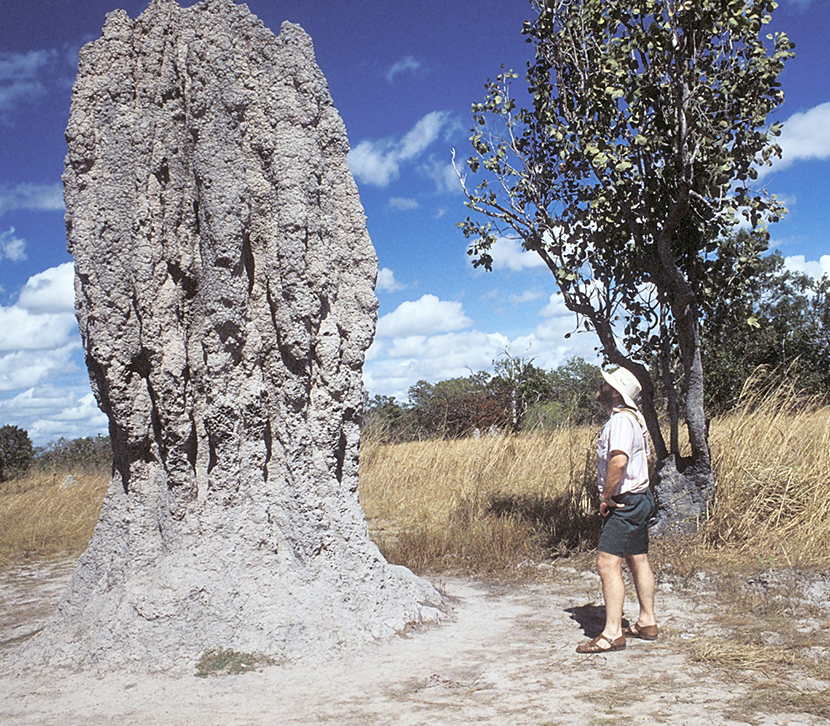
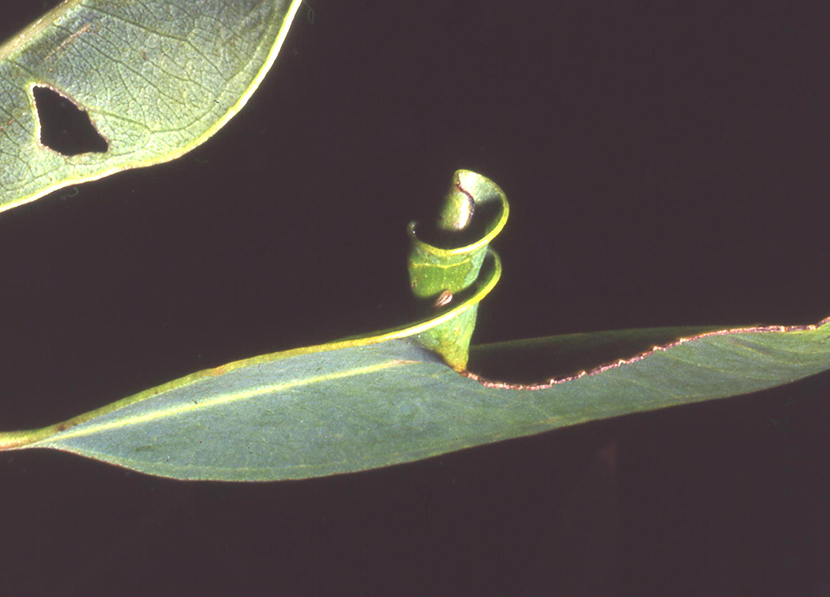
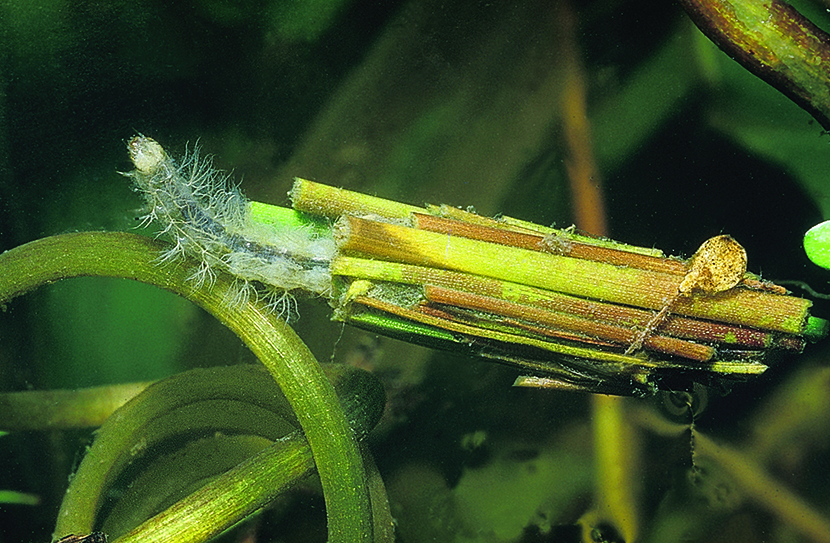
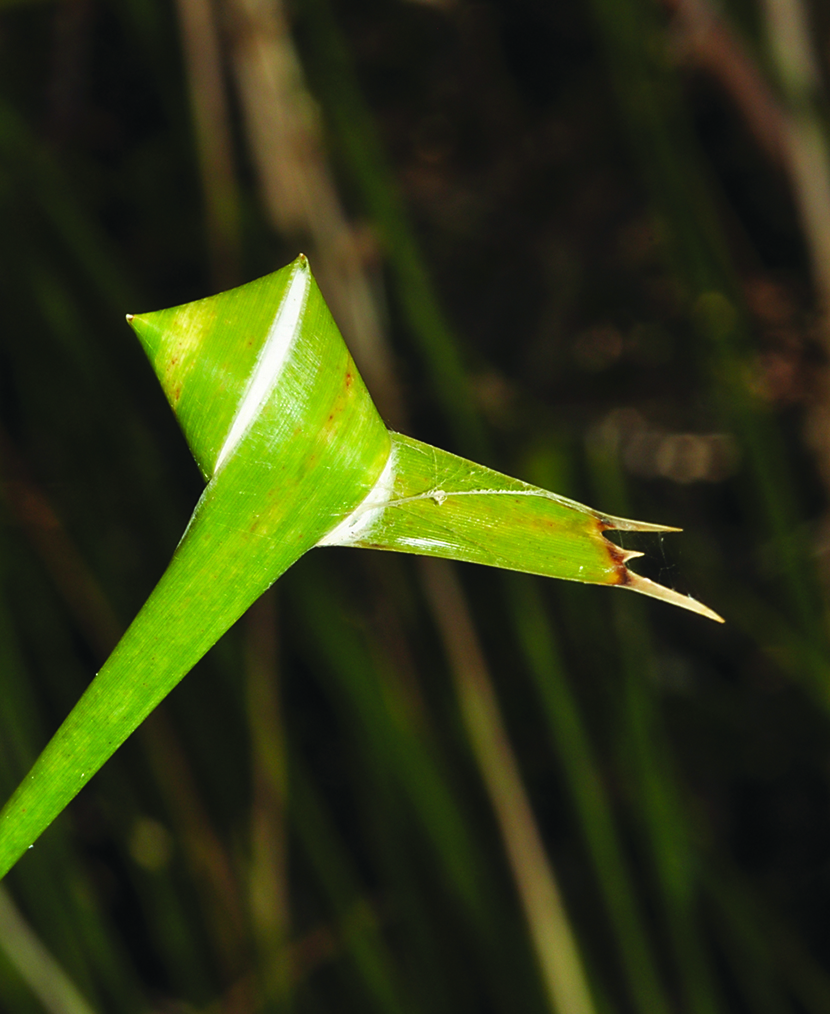
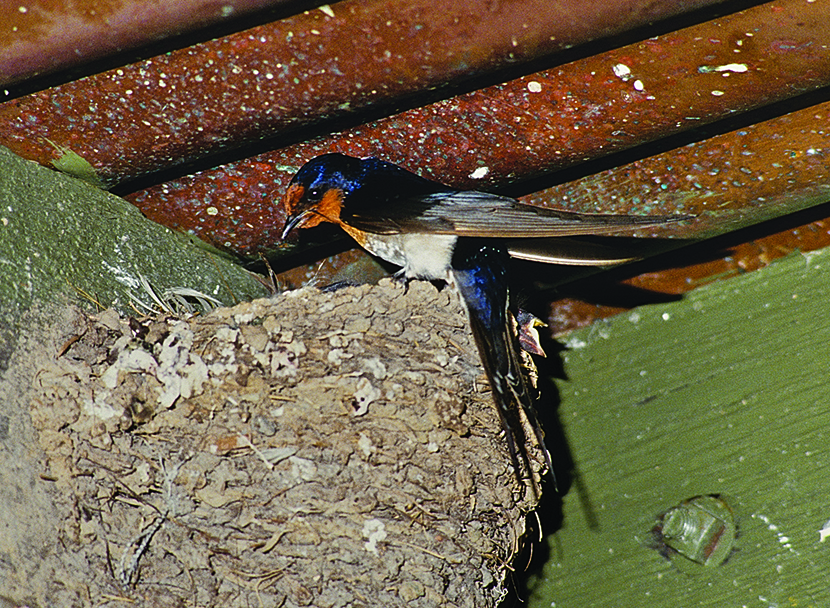
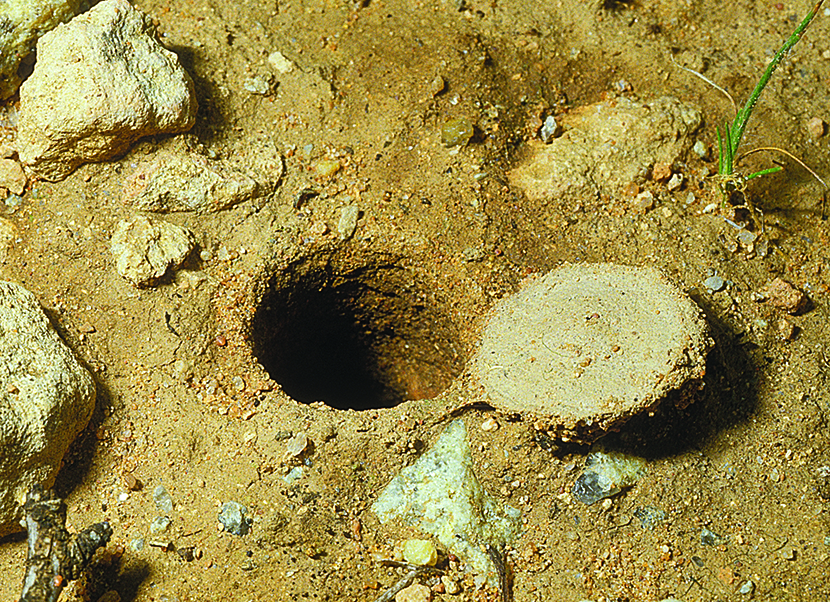
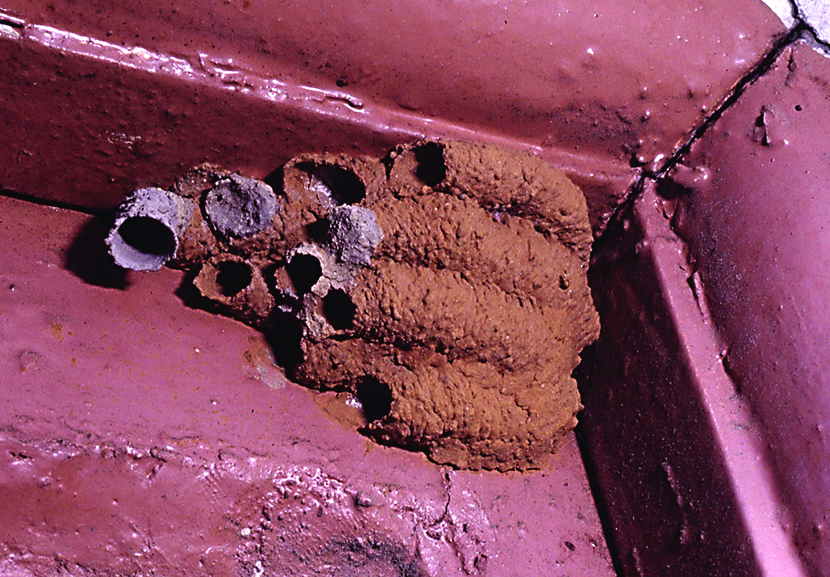
 Download the Latest Edition
Download the Latest Edition